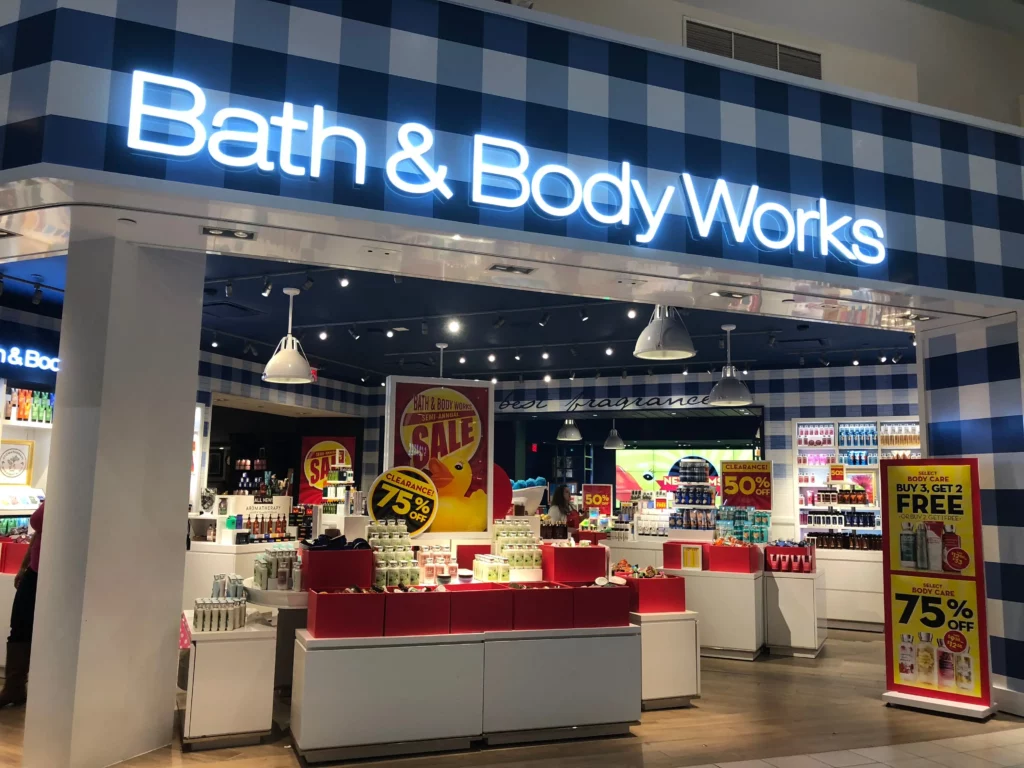Retail veteran Bill Grimsey‘s in-depth high street report ‘The Grimsey Review‘ says that 20,000 businesses are at risk and that a new vision is required.
Grimsey, who has 45 years retailing experience, was CEO at Wickes and Iceland in 2012 and was hired by Findel as a non-executive director last year, accepts that there is already too much retail space in the UK and that bricks and mortar retailing can no longer be the anchor to create thriving high streets and town centres. The report also sets out high-tech opportunities that can improve the high-street‘s fortunes.
Recommendations in the report include freezing business rates from 2014 and suspending car-parking charges for a minimum of 12 months – and comes as Grimsey criticised Mary Portas‘ report into high-streets, calling her review ‘simply foolish‘.
“UK high streets are not in a state of unresolvable malady, they‘re in a state of transformation. There are critical business issues to ‘cure‘ but there are also solutions immediately available to independent retailers that can help them keep pace with these changes, commented Robin MacKenzie, Head of Small Business at Streamline (part of the WorldPay Group.)
“Retail sales have been moving from the high street to shopping centres and out of town locations for years. Now, they‘re also moving online. Independent retailers can‘t compete against shopping centres but the online world can level the playing field. Everyone can have a web presence and sell to customers throughout the UK and round the world transforming the retail outlet itself from merely a distribution centre to a product showroom too.
“Despite this, there is still some hesitance from many small business owners in adopting e-commerce capabilities. It is often far less complex and confusing than many retailers may fear.”
The high-street continues to see growth in the discount sector with charity shops, pawnbrokers, convenience stores and cheque cashing stores seeing the biggest rises on the UK high-street last year, while women‘s clothing, which lost 264 units, and card and poster shops (-119) were among the biggest fallers in 2012, according to findings from the Local Data Company.
In one of the more startling results, the review sent out Freedom of Information requests (FOI) to 100 local authorities in June this year and received 47 responses. There was ‘a patchy performance‘ from local authorities with 26 respondents having no corporate strategy for a town centre and 34 with no adopted plan for a town centre.
The report points towards a future of a high-tech street with technology set to be involved in all aspects of high-street life. Car users could soon be directed to parking spaces via Twitter messages and On-Street Face Recognition will alert shops and services if you are near so relevant offers can be prepared.
Customised orders including touchable holograms could be reality – saving shoppers the physical effort of changing clothes and enabling browsing of garments with a touch of a finger. Grimsey also suggests that touch- and collect technology could be activated and orders sent within two hours, with shoppers able to feel the delicate silk or harsh denim via Shinoda and Touchable Holography.
And social retail is also explored with video conferencing with a friend via FaceTime referenced to when you‘re not sure about a garment.
Alex Fovargue, retail specialist at SAS UK & Ireland said that technology must be at the heart of retailers‘ survival strategy. “Unlocking insights in data held by retailers with the help of analytics and innovative technologies such as geo-location targeting could transform the British High Street. This technology can enable retailers to target consumers with more perso
RELATED STORIES

















